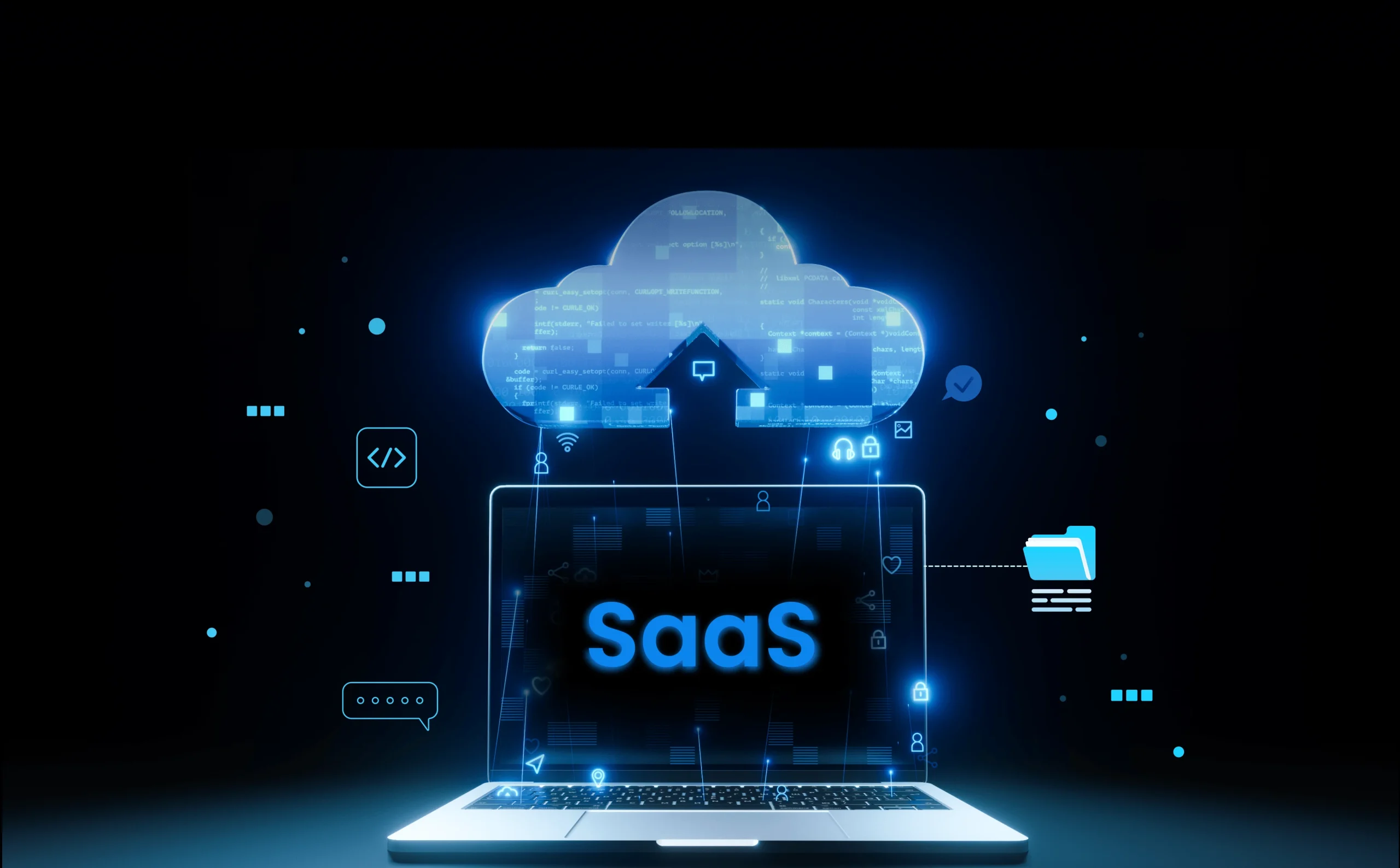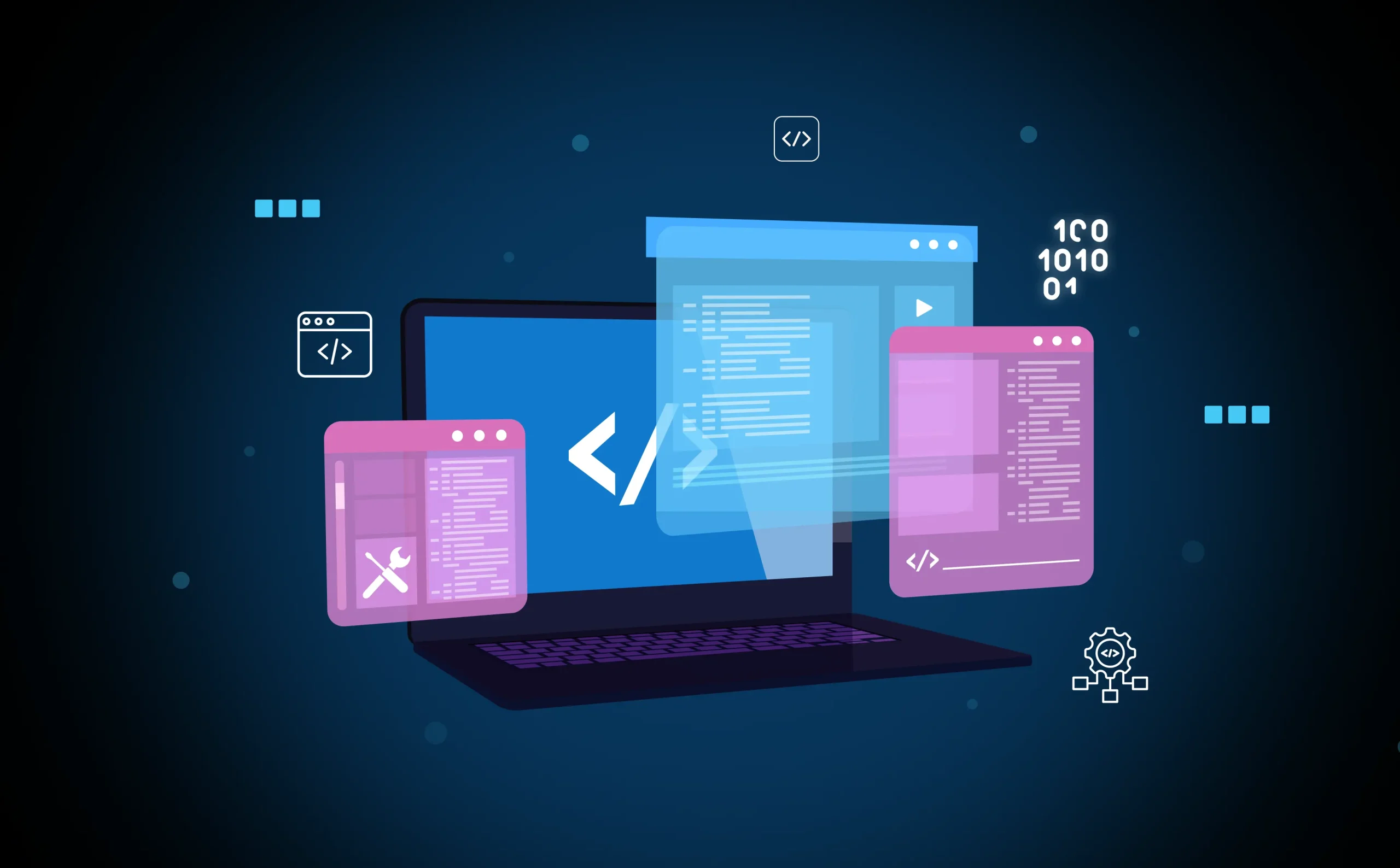Over the past ten years, the UK’s digital economy has quietly revolutionised itself. From little eCommerce startups in London to large-scale logistics systems in London, software as a service, or SaaS, has become the dominating trend in everything.
These days, SaaS is not only a buzzword but also the foundation of how contemporary UK companies run. From customer inquiries to team management to marketing automation, SaaS solutions are enabling the UK’s rising digital-first businesses’ daily hustle.
Though we usually hear about the advantages of using SaaS, less is known about the actual process of creating one. This manual helps with this.
Working closely with companies all around London, Newcastle, Leeds, and beyond, as a SaaS development company, we have seen the inside of hundreds of SaaS journeys—each with a unique twist but always driven by a basic process. Understanding the SaaS development lifecycle is non-negotiable regardless of your position—founder with a new idea or tech leader organizing your next digital product.






